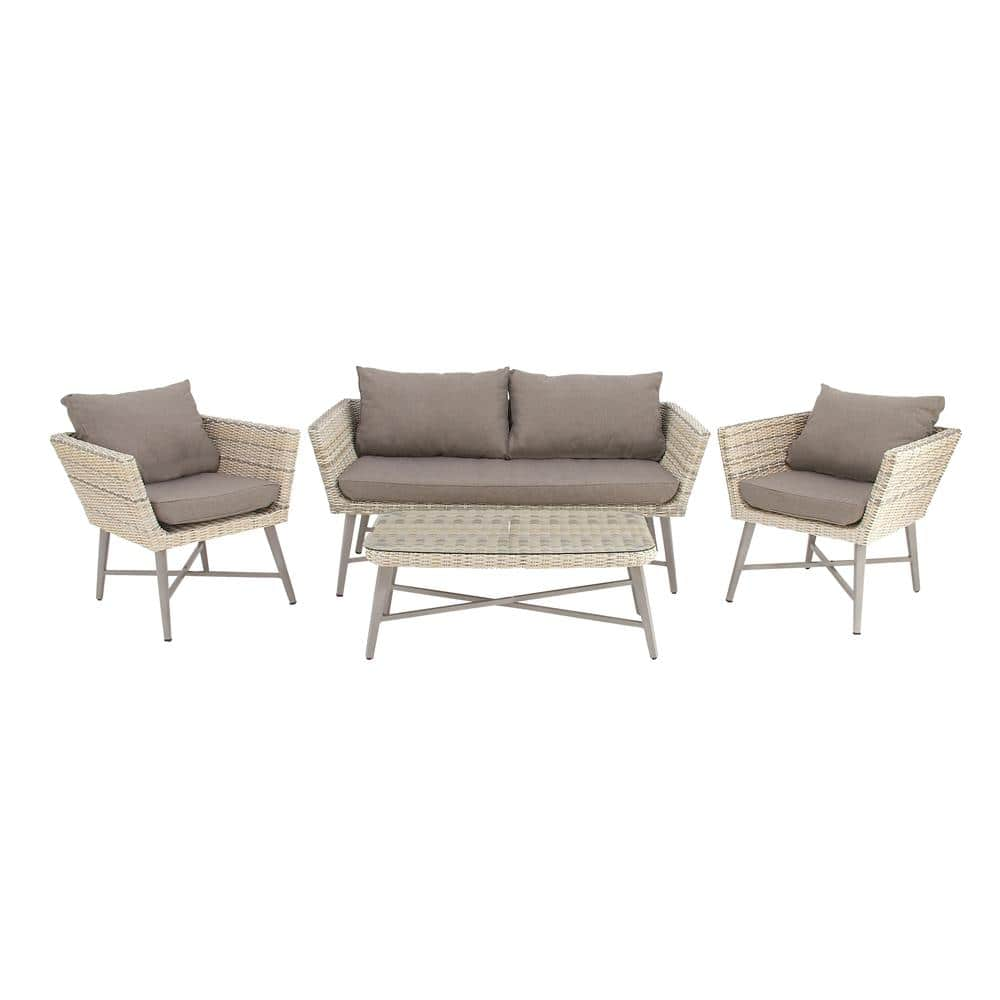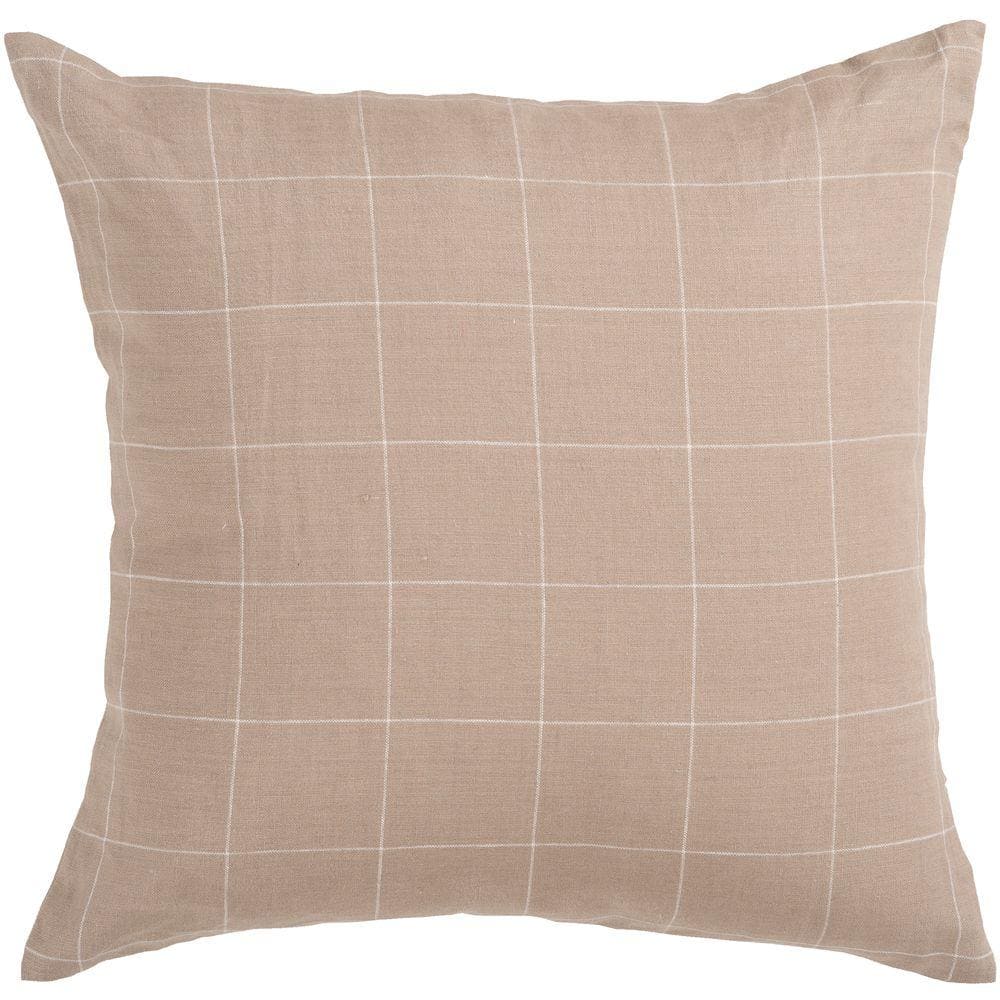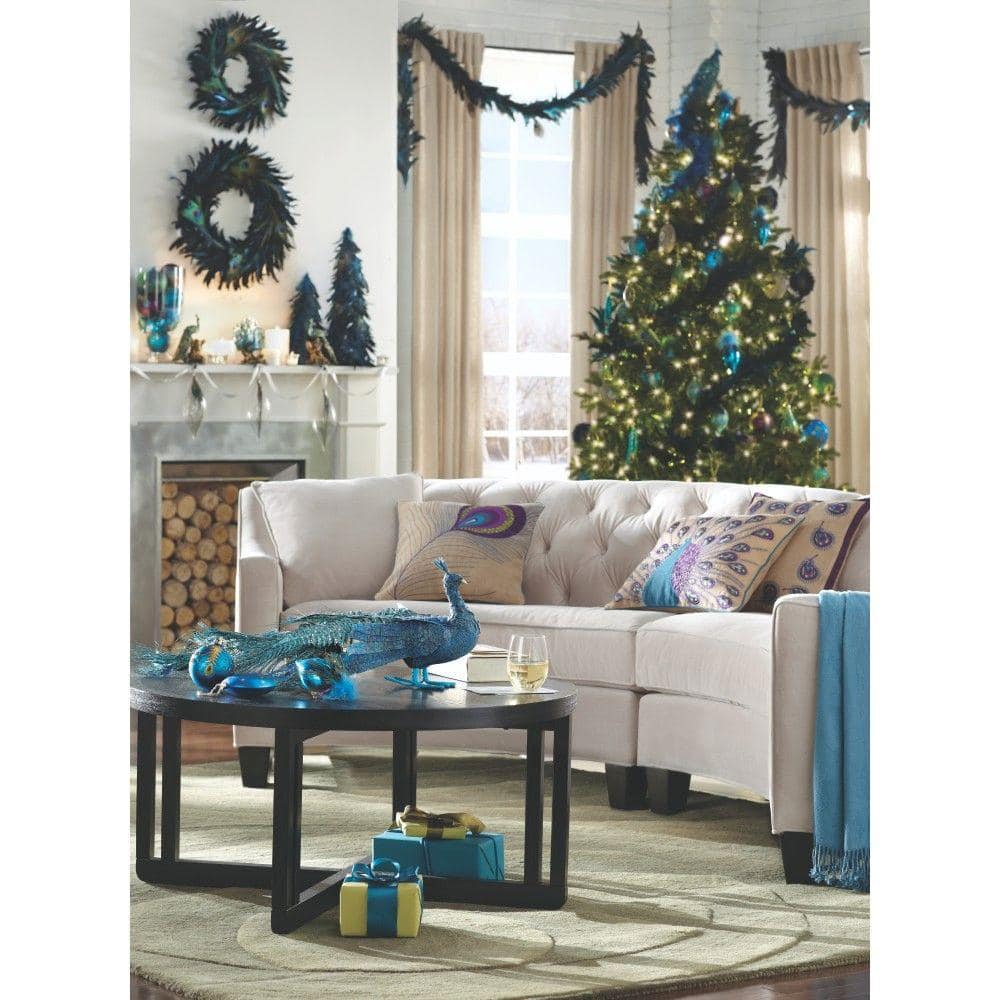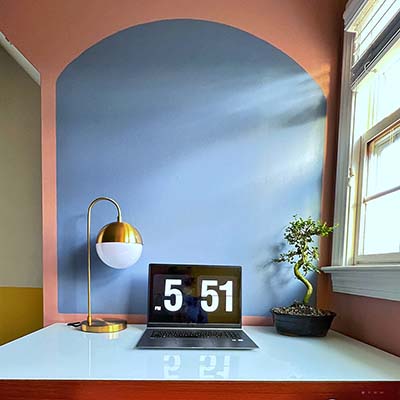How to Choose a Room Color Scheme

Last updated July 7, 2025
The right room color scheme can bring more charm to your home. Even something as simple as a fresh coat of crisp white wall paint can perk up almost any space. Read on to learn the basics of picking a room color scheme, from paint ideas to selecting coordinated furnishings and accessories.
Table of Contents
Choosing the Best Color Combinations
Picking a Color Mood
Easy-Going Neutrals
Types of Color Schemes
Complementary Colors
Unifying Monochromatic Colors
Choosing the Best Color Combinations
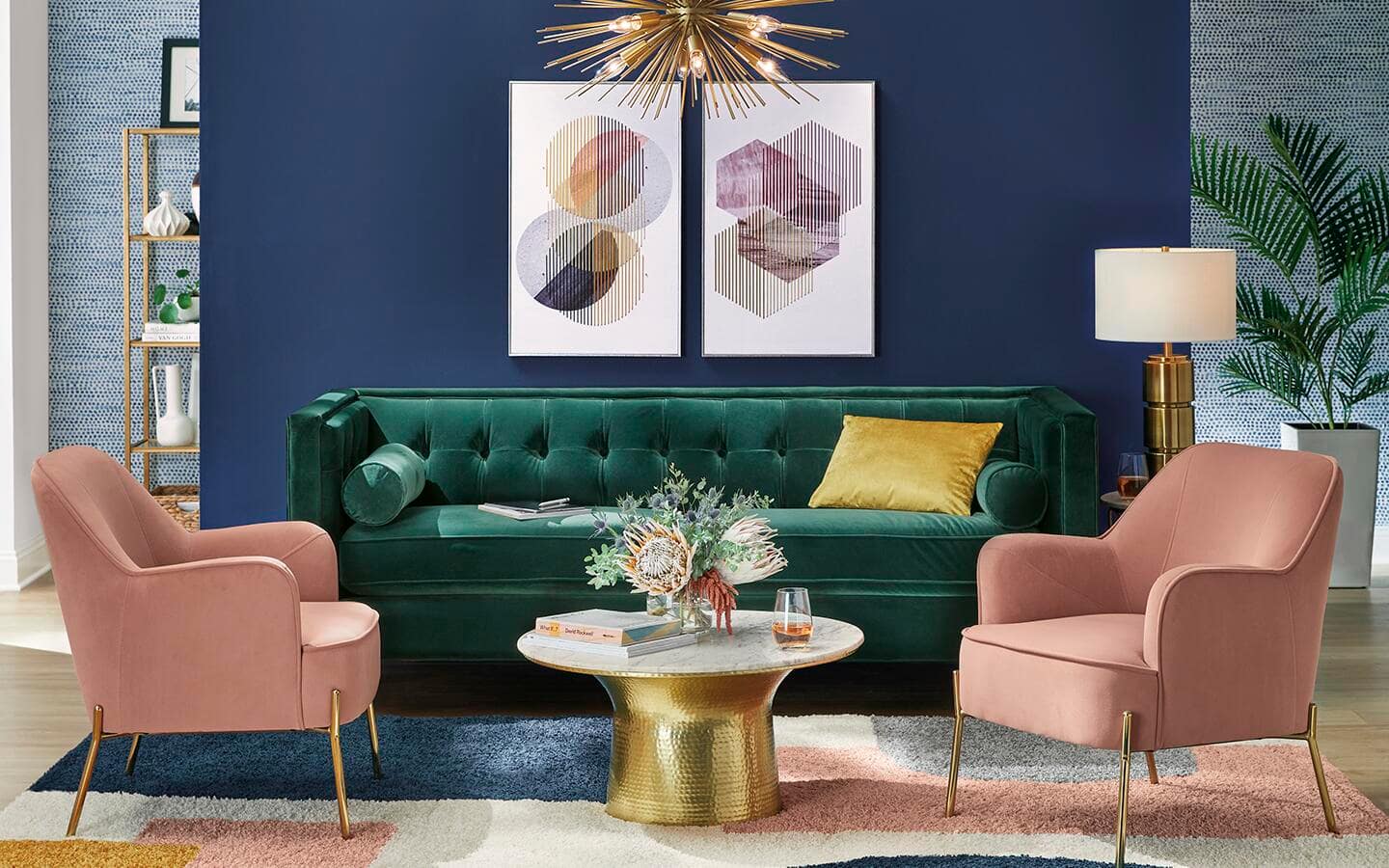
Color is a powerful element that can instantly change the mood of a room. For example, green and blue make good bedroom colors because they are calming. Bold room color ideas such as sapphire or a yellow bring energy to a kitchen or family room. Interior home color schemes that feature washed-out or faded hues look more vintage while vibrant colors are young and fun.
Selecting the best color combinations is easier with a color wheel. A color wheel lets you instantly see which colors that go well together. Plus, the three primary hues (red, yellow and blue) and three secondary colors (green, orange and violet) can be mixed to produce an infinite number of basic shades as well as tints and tones.
Picking a Color Mood

Coming up with room color ideas depends on the mood or feeling you’re trying to create.
- Active colors, such as yellow and red, invigorate a room. They can make large rooms look warmer and more inviting. Active colors work well for offices or kitchens.
- Passive colors, like blue, green and purple, create a calm atmosphere. They can make dark or small rooms seem more spacious and airy. Passive colors are good for a bedroom or hallway.
Tip: Blue and green color schemes tend to create spaces that feel relaxing.
Easy-Going Neutrals
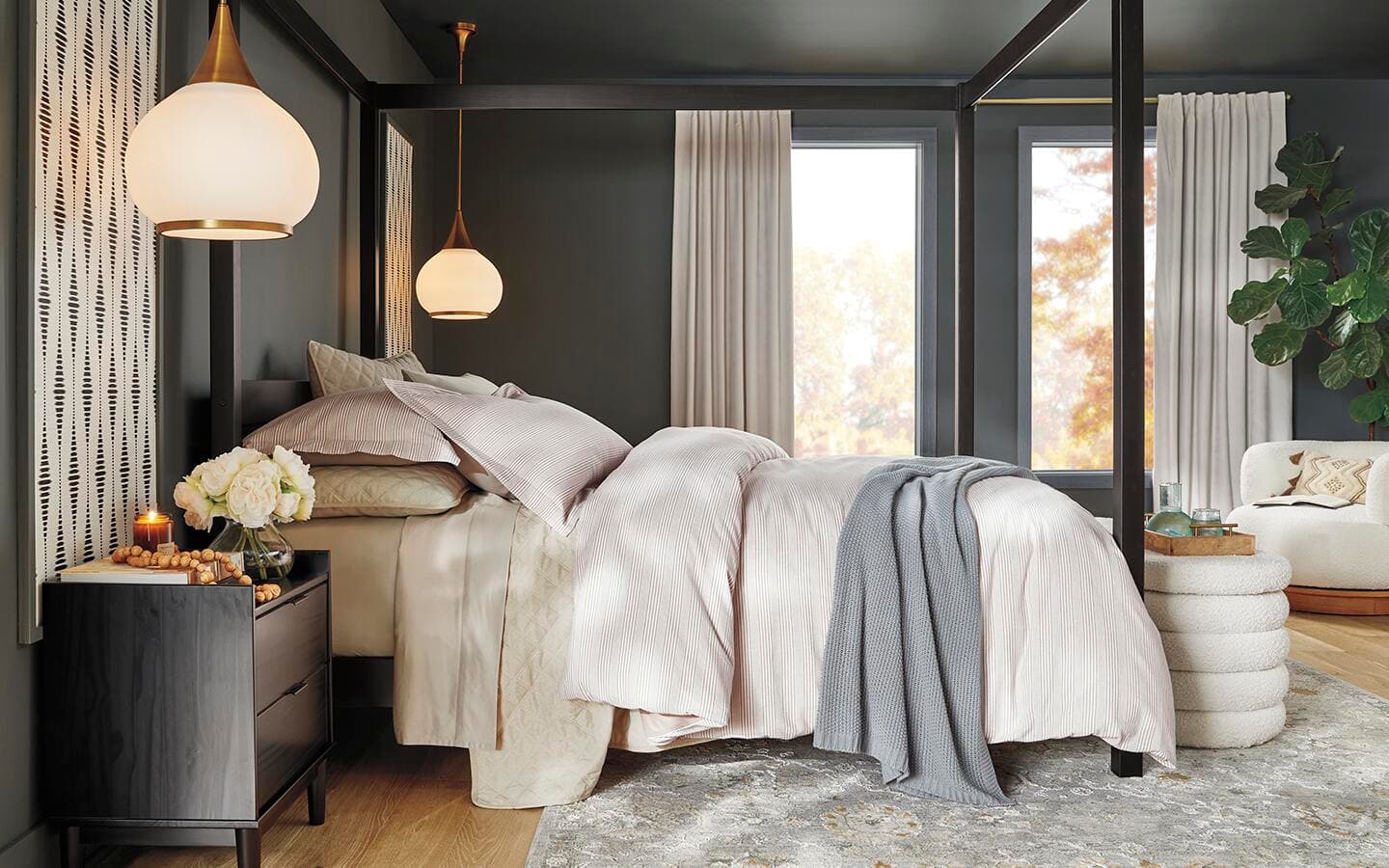
Beiges, grays, whites, blacks and neutral paint colors are a classic way to pull a look together. They are naturally inviting and give a feeling of effortless living. Neutral room color schemes have a casual elegance that’s ideal for living rooms and baths.
Tip: An easy way to find paint color ideas is to take home paint samples to test out before you commit.
Types of Color Schemes
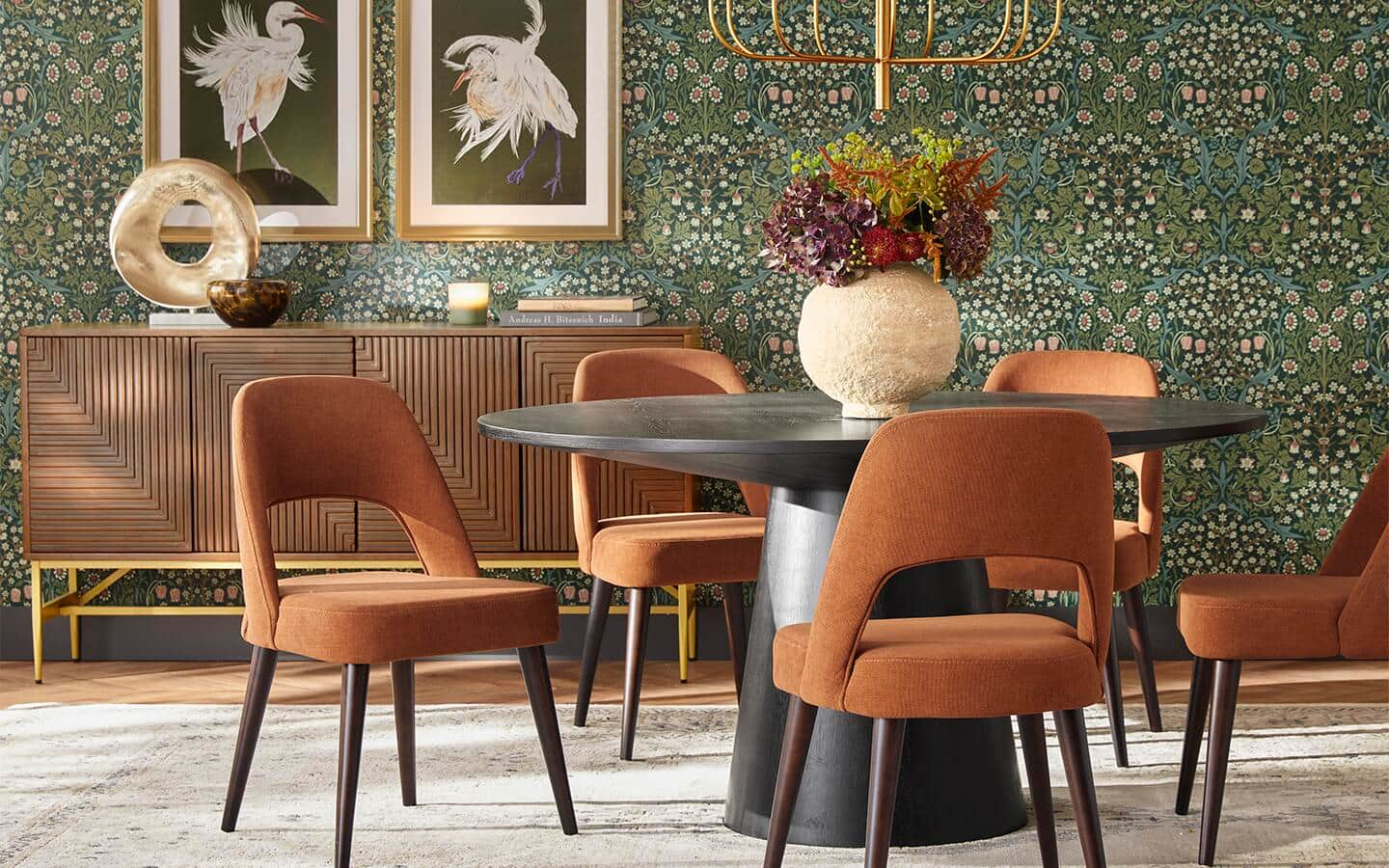
Once you’ve picked a color that matches your mood, it’s time to decide on a room color scheme. Some of the more common options are based on monochromatic, complementary, triad or neutral color combinations. Each of these combinations will have a dominant color that’s accented by one or more other colors.
Tip: Consider centering your color scheme around a favorite inspiration in your room such as a wallpaper or a rug.
Complementary Colors
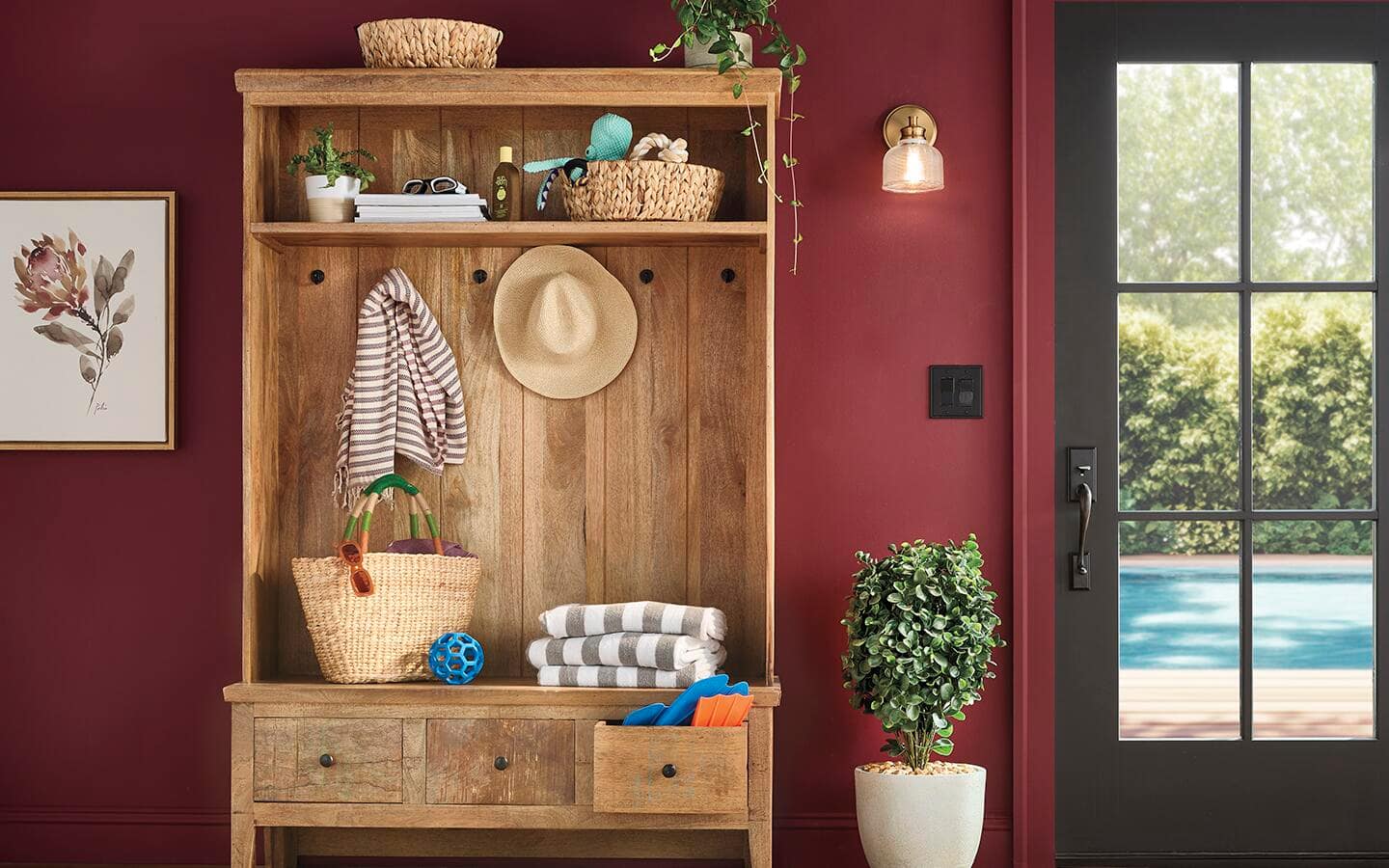
One of the easiest room color schemes to create, complementary colors are often strong and intense. Located directly across from one another on the color wheel like yellow and blue or green and red. These room color schemes work best when one color is dominant and the secondary color is used as an accent.
Unifying Monochromatic Colors
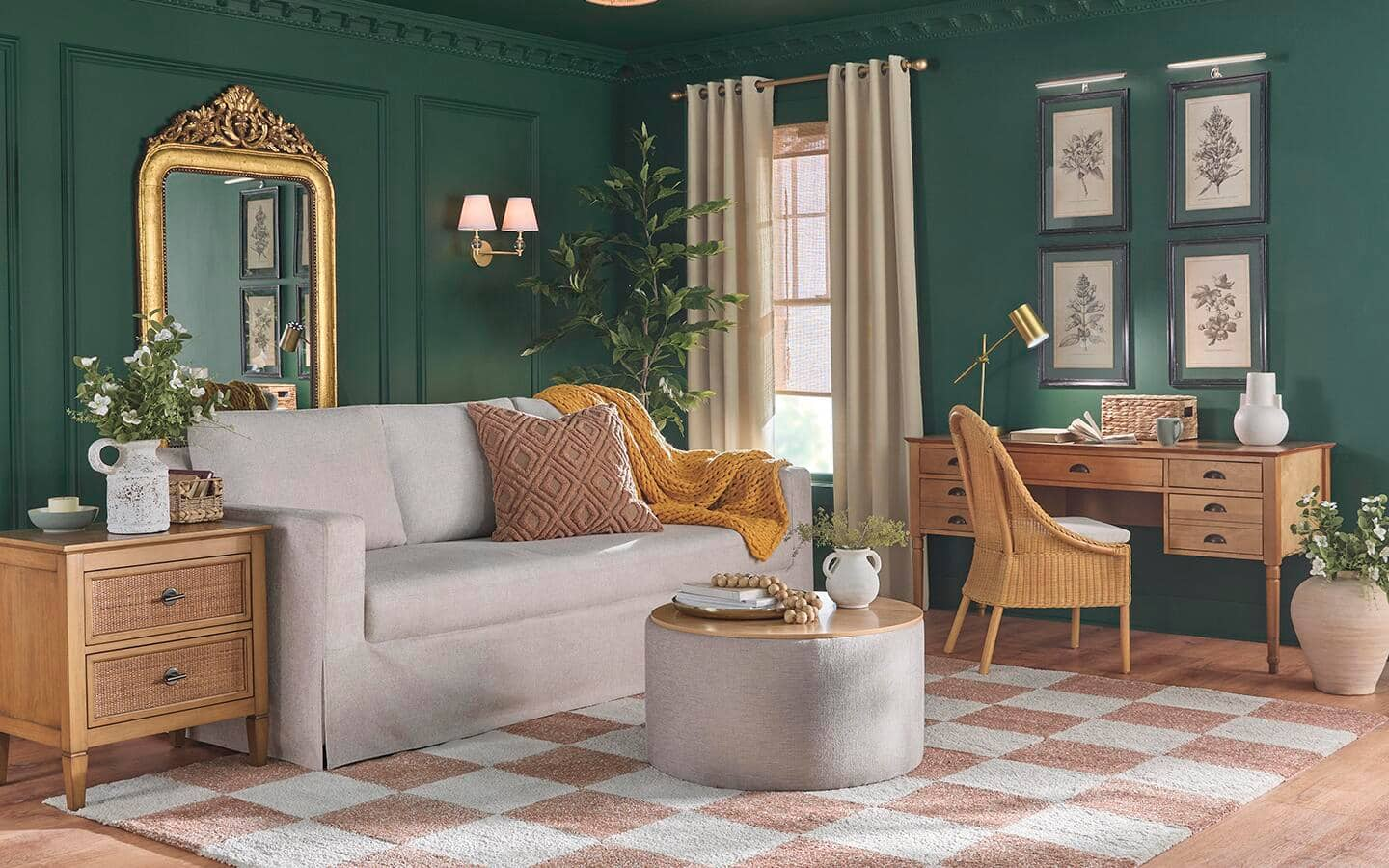
Monochromatic looks feature two or more hues in the same color family, such as three shades of taupe, reds or a combination of purples and lavenders. Monochromatic room color schemes embody harmony and often contain good colors for a bath or family room.
Tip: Add interest to a monochromatic look by incorporating texture with an appealing wall treatment or faux finish wall paint.
Fun-Loving Triad Colors
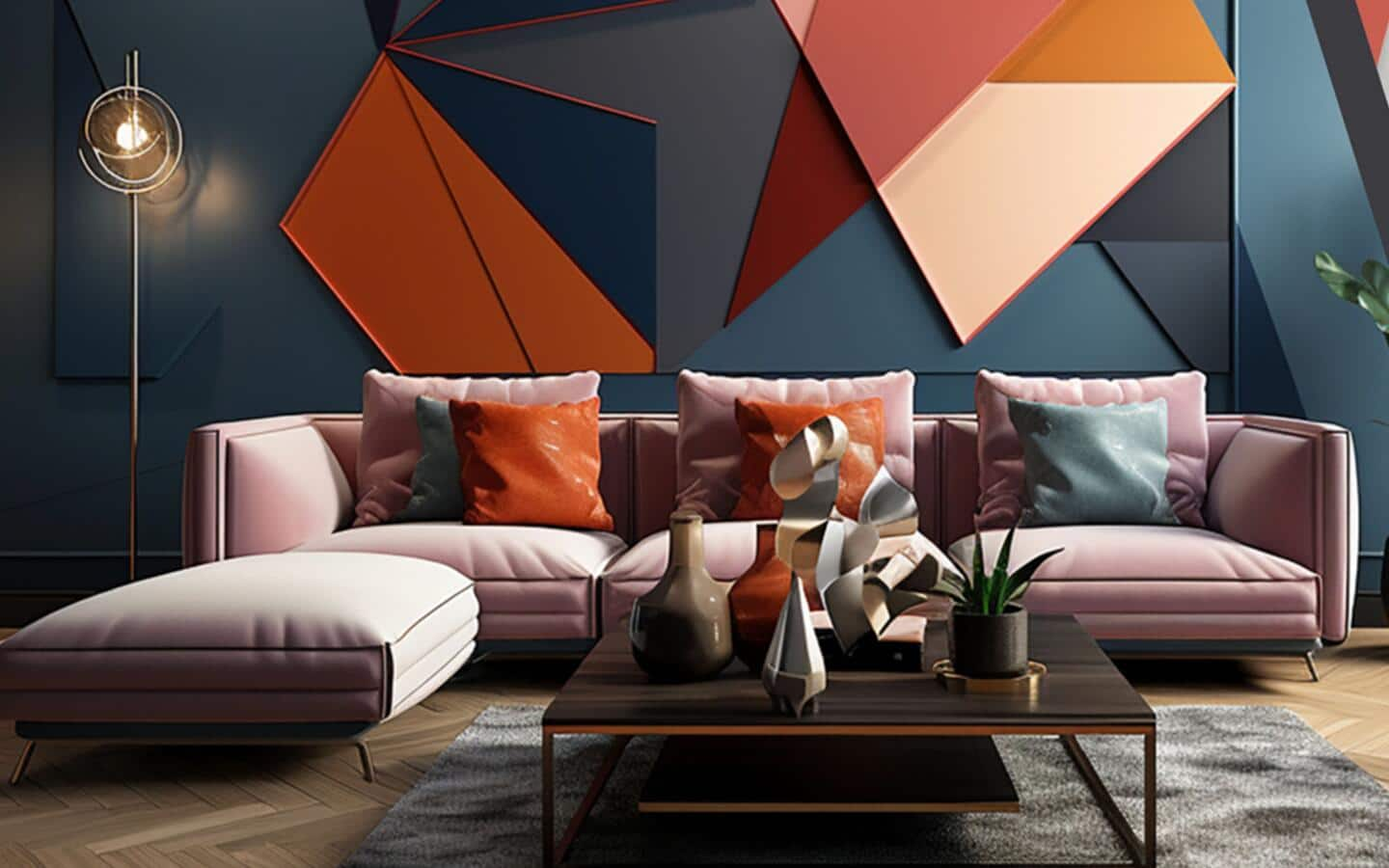
The boldest of color schemes is the triad color scheme. It is created when you choose three colors or shades that are equally spaced from one another, such as orange, violet and green. Triad color combinations have strong, adventurous personalities. They work well in children’s rooms and casual spaces.
Many people don't realize just how important paint is to their home. You can make your family and friends feel more welcome, or even excited, all with the right color of paint. Use The Home Depot Mobile App or visit your local store to see our wide variety of paint choices to breathe life into your living spaces.
